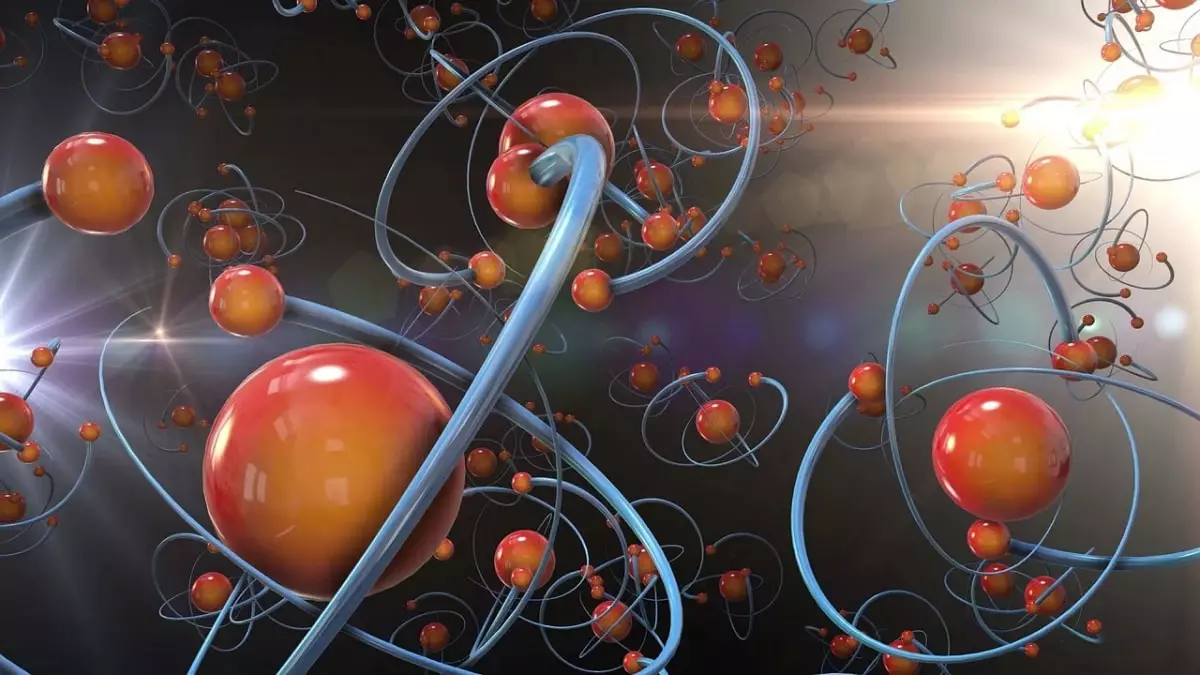The quest to understand life’s beginnings has long puzzled scientists. Organic molecules, which are considered the fundamental constituents of life, have begun to emerge as pivotal elements in this exploration, suggesting that the seeds of life are possibly sown throughout the universe. Efforts by space missions such as the European Space Agency’s Rosetta and NASA’s Osiris-Rex have illuminated our understanding of where these essential compounds might originate, revealing that organic chemicals are not just terrestrial phenomena but are indeed present in the cosmos. This article delves into the significance of these discoveries and what they imply about the existence of life beyond Earth.
Space exploration has provided invaluable insights into the existence of organic molecules in various celestial bodies. Missions like Rosetta’s expedition to comet 67P/Churyumov-Gerasimenko have detected a range of organic compounds, including glycine, which is a critical precursor to proteins. Such findings underscore a crucial realization: the building blocks of life might have existed in space long before the formation of our planet. The significance of these findings cannot be overstated, as they offer potential clues about how Earth acquired the necessary components for life in its infancy.
Asteroids, too, have emerged as vital sources of organic materials. Notably, samples collected from the asteroid Ryugu by Japan’s Hayabusa2 mission and those from Bennu by NASA’s Osiris-Rex have revealed a treasure trove of organic compounds. These discoveries suggest that asteroids could be viewed as interstellar repositories of the ingredients for life, echoing the sentiments of researchers like Philippe Schmitt-Kopplin, who emphasized that “everything possible from which life could emerge” is prevalent in space.
Understanding how these organic molecules form is an essential aspect of the research. Two primary pathways have been identified: combustion-like reactions that occur in the dying phases of stars and the formation on icy dust grains found within molecular clouds. Interestingly, it has been shown that radiation and cosmic rays play a critical role in forming complex organic molecules like methanol on these icy surfaces. This challenges the conventional view of life’s complexity, suggesting that essential building blocks, such as glycine, can arise under conditions prevalent in the universe—long before planetary systems take shape.
Protoplanetary disks, the environments where new stars and planetary bodies emerge, are particularly rich in organic compounds. Observations from advanced telescopes like the Atacama Large Millimeter Array (ALMA) have revealed the presence of methanol and other relevant molecules. The ability of these compounds to endure the turbulent conditions of planetary formation suggests a robust potential for life to evolve further in environments where planets eventually coalesce.
The implication of these findings stretches into the realm of astrobiology, as they provide some of the first tangible evidence of the potential for biosignatures existing in regions far beyond Earth. The very same organic molecules that form the basis of life on our planet could be indicative of extraterrestrial life elsewhere in the universe. Upcoming exploratory missions, such as NASA’s Dragonfly, are explicitly designed to search for organic compounds in environments rich in organic chemistry, such as Titan’s hydrocarbon lakes.
As we deepen our understanding of organic molecules’ ubiquity in the cosmos, the notion that life may exist elsewhere becomes increasingly plausible. The discovery of complex organics reiterates that the chemistry of life is not an isolated phenomenon restricted to Earth. Instead, it points toward a universal truth: the ingredients for life are scattered across the cosmic landscape, waiting for the right conditions to foster life as we know it.
The ongoing research into organic molecules reveals a tantalizing landscape of possibilities regarding life in the universe. The data collected from space missions and the study of celestial bodies underscore the idea that the fundamental components of life are pervasive, potentially making planets like Earth the result of intricate cosmic processes. As we continue to explore the cosmos, the understanding that we are part of a larger narrative of life could redefine our place in the universe and inspire future generations of explorers to seek out the infinite possibilities that lie beyond our world.



Leave a Reply